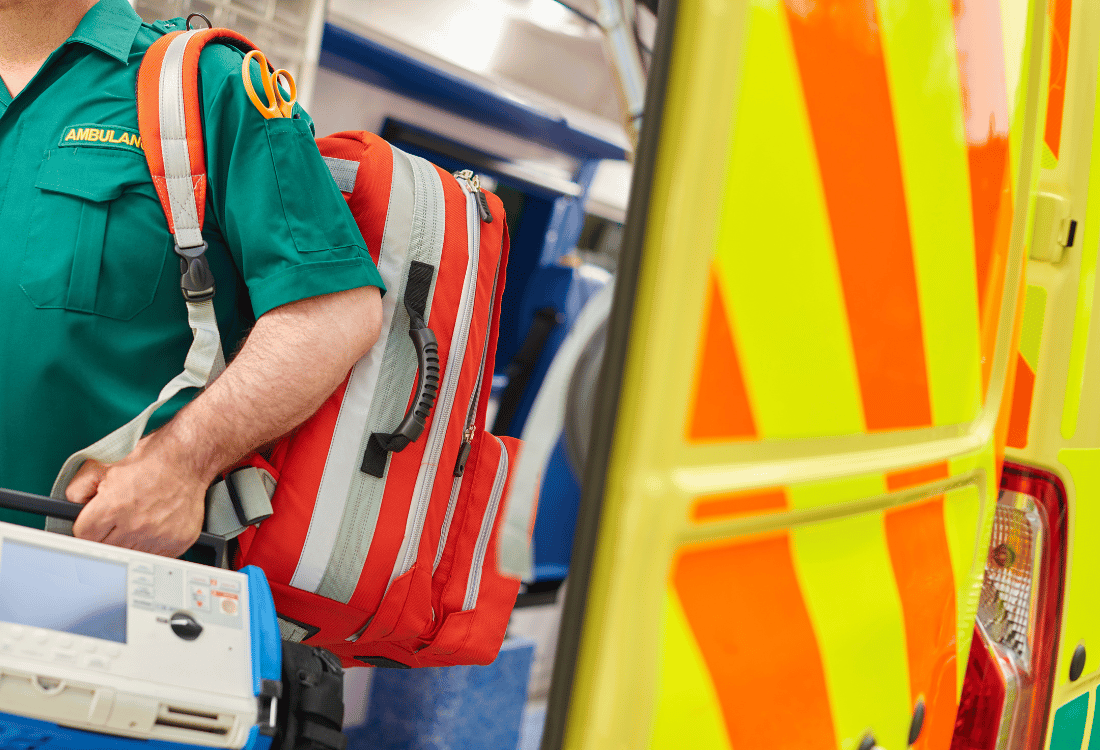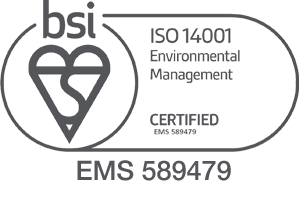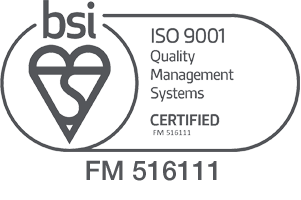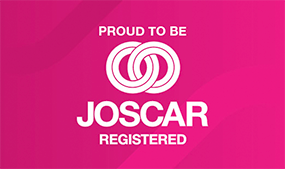
18/09/2025
What does ATMIST stand for? A guide for emergency handover in mass casualty triage
When high-pressure emergencies occur, such as road traffic accidents, fires, or natural disasters, swift and accurate communication can be the difference between life and death, and drastically increase the chances of casualties recovering from potentially life-changing or fatal injuries.
As part of the UK’s mass casualty triage guidelines, the ATMIST acronym plays a crucial role in structuring how frontline responders pass critical information to hospital teams. When time is short and lives are at stake, clarity matters—and that’s where ATMIST can make a difference.
What is ATMIST?
ATMIST is a structured handover tool used by paramedics and other emergency medical services (EMS) to ensure essential patient details are clearly and consistently communicated.
The acronym stands for:
- Age: The patient’s age
- Time: The time of the incident
- Mechanism: The cause or nature of the injury (for instance a fall from height, knife wound, or car collision)
- Injuries: Obvious or suspected injuries
- Signs: Vital signs (such as pulse, blood pressure, respiration rate) and symptoms
- Treatment: Pre-hospital care given (such as airway support, bleeding control, or pain relief)
Why ATMIST matters
The primary purpose of ATMIST is to streamline communication between pre-hospital and hospital teams, particularly during trauma and major incidents. In chaotic environments, information can be easily lost or misinterpreted, resulting in avoidable distress for casualties, missed opportunities for timely interventions, delayed treatment decisions, and in the most severe cases, poor recovery outcomes or preventable deaths. By following a fixed order and format, ATMIST reduces omissions and duplication, helping to ensure continuity of care from ambulance to emergency department.
How ATMIST works in practice
In the UK, ATMIST is widely adopted as part of standard trauma protocol. Upon arrival at the hospital, paramedics will typically deliver an ATMIST handover at the resuscitation bay, either verbally or using a written proforma. The receiving trauma team can then act on key details without delay, allocating resources or initiating specialist interventions based on the handover.
For example, a typical ATMIST handover might sound like:
Male, 35 years old. RTC at 1845, head-on collision at 40mph. Fractured femur, scalp laceration Pulse 110, BP 100/60, GCS 13. Administered oxygen, IV fluids; splint applied.
Training and standardisation
ATMIST is part of the core training for UK paramedics and trauma teams and is often reinforced through simulation and refresher courses. Consistent use of ATMIST improves patient safety, enhances team communication, and supports faster, more informed clinical decision-making.
Strengthen your patient triage with our smart solutions
Ensure your teams are equipped to deliver fast and accurate patient handovers with proven triage tools. At TSG Associates, our SmartTriage™ solutions support effective communication in high-stress situations. For more information, please get in touch with TSG Associates.



.png)
%201.png)







